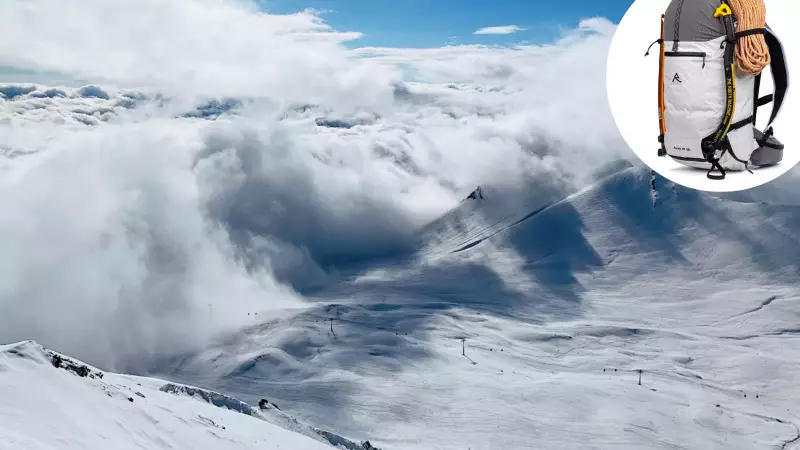
In a groundbreaking development for mountain safety, Norwegian technology company Safeback has unveiled a revolutionary device that could transform avalanche rescue operations and significantly improve survival rates for buried victims.
The Race Against Time in Avalanche Rescue
When an avalanche strikes, every second counts. Traditional safety equipment like avalanche beacons and airbags help with location and prevention, but once a victim is buried under snow, the clock starts ticking rapidly. The critical factor becomes oxygen deprivation, with most avalanche fatalities occurring due to suffocation rather than trauma or hypothermia.
How the Revolutionary Device Works
The innovative system creates what engineers call a "personal safety zone" around the victim's face. Using advanced technology, the device:
- Generates breathable air from surrounding snow
- Prevents dangerous carbon dioxide buildup
- Extends survival time from minutes to potentially hours
- Works automatically upon burial
Recent controlled tests in Norway have demonstrated remarkable results, showing the system can maintain adequate oxygen levels far beyond the typical survival window.
Real-World Testing and Mountain Community Response
Mountain guide and avalanche educator Anna Svensson, who participated in testing, described the experience as "transformative." During a simulated burial, she remained conscious and alert for significantly longer than would normally be possible with conventional equipment.
"Knowing you have extra time completely changes the psychological dynamic," Svensson explained. "Instead of panic setting in immediately, you can maintain composure and trust that rescuers have a better chance of reaching you."
The Science Behind Extended Survival
The technology addresses the two primary threats during snow burial: oxygen depletion and carbon dioxide accumulation. By solving both problems simultaneously, the device creates what researchers call the "golden hour" for rescue operations - extending the crucial window when successful recovery is still possible.
Industry Impact and Future Applications
The mountain safety community has responded with cautious optimism. While the technology is still in final testing phases, early results suggest it could become standard equipment for backcountry enthusiasts, ski patrollers, and professional guides within the next few seasons.
Beyond recreational use, the technology has potential applications for:
- Search and rescue teams
- Military operations in snowy terrain
- Scientific expeditions
- Mountain infrastructure workers
As climate change creates more unpredictable snow conditions in mountain regions worldwide, such innovations could prove vital in preventing avalanche tragedies and saving countless lives in the years to come.





